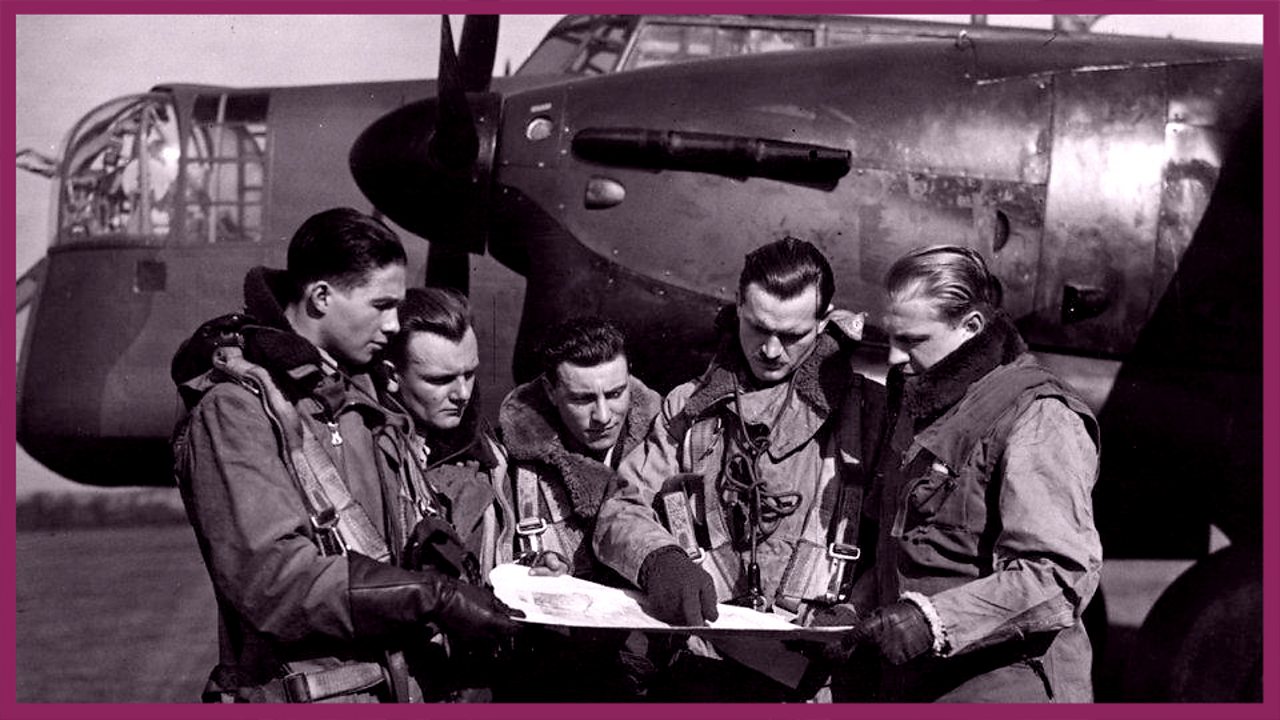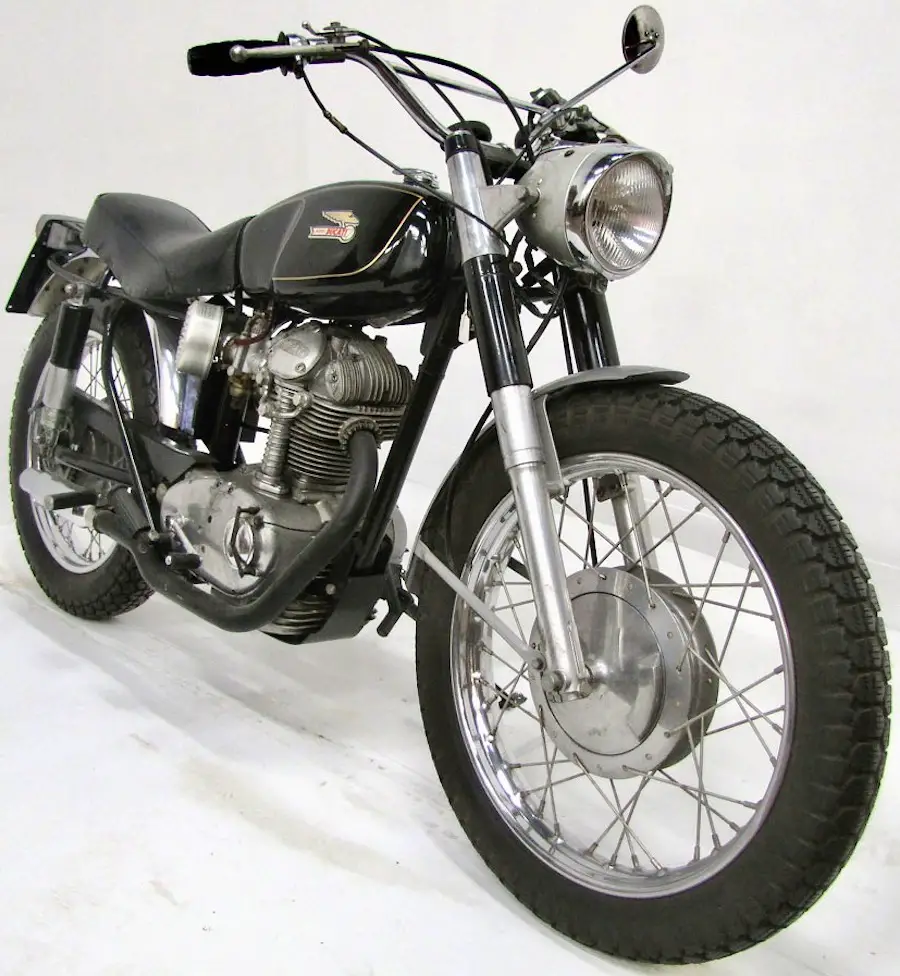

The Enigma code book, which was changed monthly, usually specified 10 pairs of letters to be interconnected in this manner. For example, A to X, C to N, R to Y, etc. These sockets could be interconnected by means of twin flexible cables. The plug board (or stecker board) consisted of 26 double sockets arranged in the same alphabetical sequence as the keyboard and lamp board. Consequently, the Army and Air Force machines offered 60 daily options (any 3 from 5) while the Naval Enigma provided 336 options (any 3 from 8) The order and setting of the three rotors were changed daily at 00.01 hours.

Five differently wired rotors were provided for each Army and Air Force Enigma, and eight for the Naval version. This sequence was continued when the third rotor was activated. After a predetermined number of letters, the second rotor was engaged and moved in the same way. The assembly was linked to the keyboard by a ratchet mechanism, so that each time a key was pressed then the right hand rotor moved forward one position. The most important part of the machine was the scrambler unit, in which three interchangeable rotors were mounted on a common shaft. When the key was pressed then a letter was illuminated. The same three rows layout was repeated in the lamp board, but behind each letter was a 4.5 volts electric bulb. The keyboard had the alphabet arranged in three rows, but there were no numbers or punctuation keys. The main components of the Enigma were the keyboard, lamp board, scrambler unit and plug board. The resultant intelligence, which was codenamed ULTRA, made a major contribution to the Allied victory.

Nevertheless, British cryptographers and engineers succeeded in doing so. Consequently, the Germans remained convinced throughout the war that the Enigma codes could not be broken. The encoded text was made even more baffling by daily changes in settings. Because of its complex mechanism and variable circuitry, the Enigma could produce an astronomical number of permutations. This ingenious electro-mechanical device was designed to transpose plain text messages into scrambled output before radio transmission. The portable encoding machine used by all German Forces during the 1939/1945 war was the ENIGMA. There are additional copies of the film at the Bletchley Park Trust, the Scottish National Museum, the Imperial War Museum and the National War Museums of America, Australia, and Canada. The full series, comprising approximately seven hours of detailed historical analysis, can be viewed at Dundee Central Library. In 2003 he produced a professionally filmed lecture series, which has been copied on to videotape and DVD. electrical engineer working on the Turing designed "Bombe" decoding machines.


 0 kommentar(er)
0 kommentar(er)
